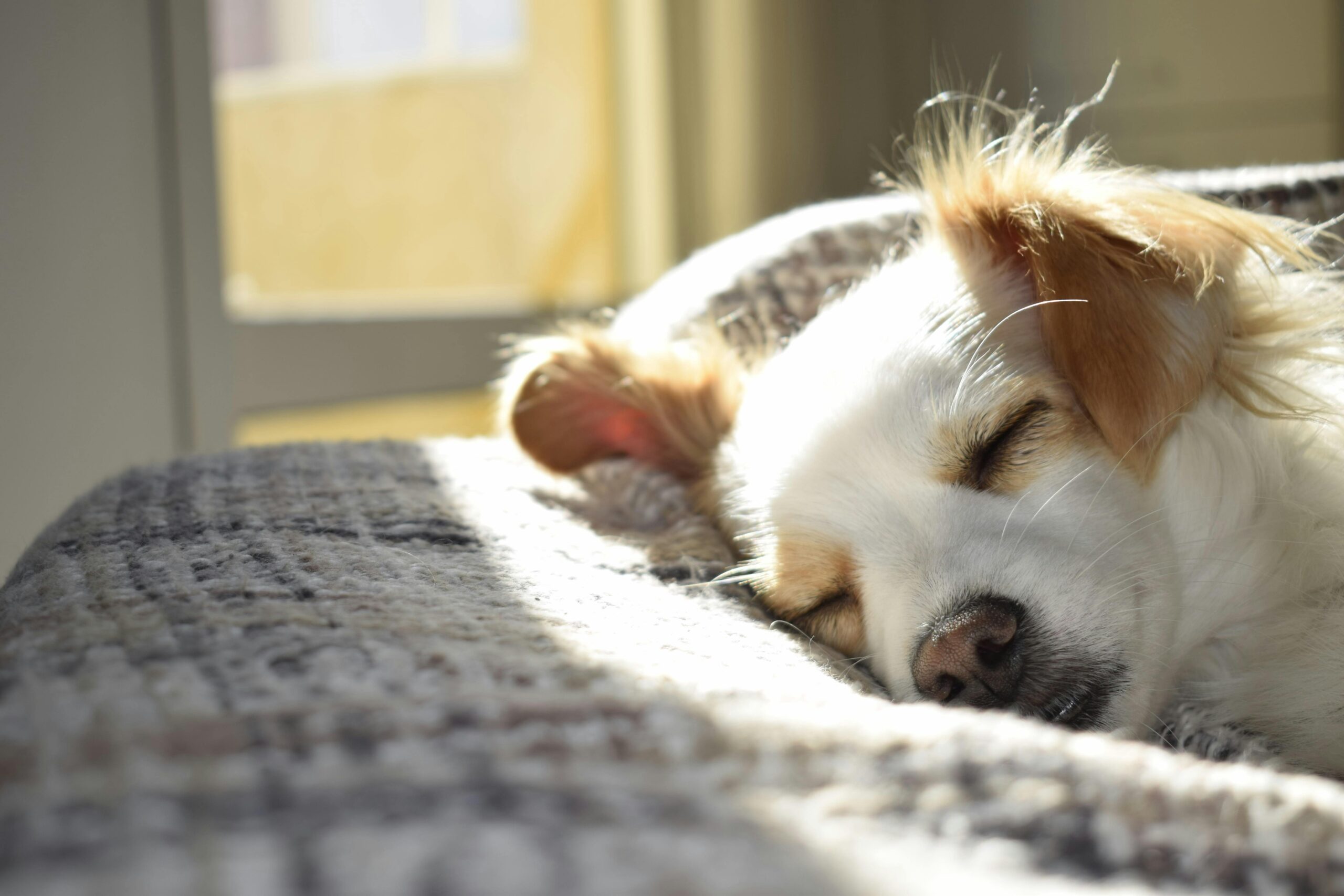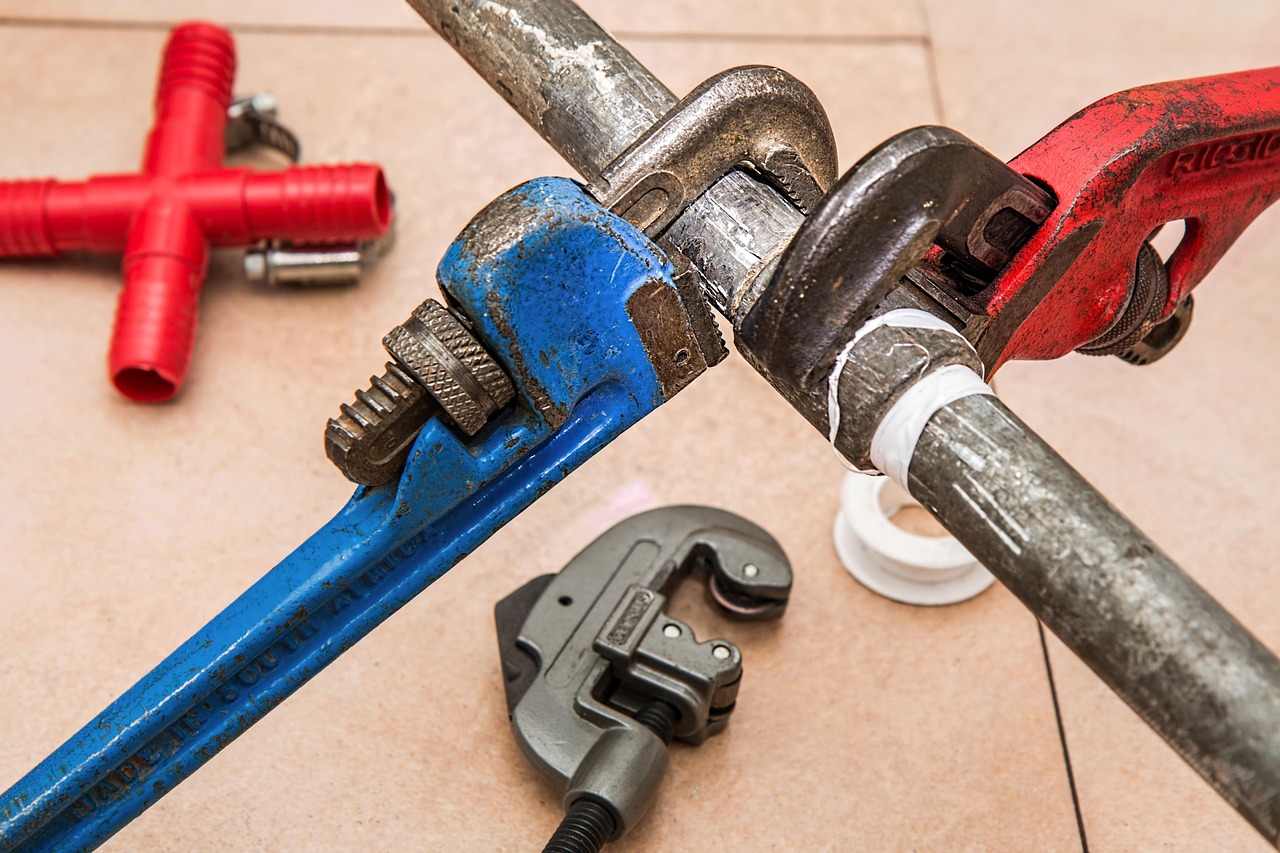Creating a safe and accessible environment for pets with disabilities is essential for their wellbeing and quality of life. Whether your furry companion is dealing with blindness, deafness, or mobility challenges, thoughtful home modifications can make a significant difference in their daily experience. This article explores practical adaptations for your home to support pets with various disabilities, including navigation solutions for blind pets, visual communication systems for deaf animals, and mobility assistance options for those with physical limitations. With some simple changes, you can help your disabled pet thrive in your shared living space.
Understanding Your Pet’s Specific Needs
Before making modifications to create a home for disabled pets, it’s important to understand your pet’s specific condition and how it affects their interaction with the environment. A blind dog faces different challenges than a deaf cat or a senior dog with arthritis. Take time to observe how your pet navigates your home, noting areas where they struggle or seem uncomfortable. Consult with your veterinarian about your pet’s specific condition and ask for recommendations tailored to their needs. Many veterinarians can refer you to specialists in pet rehabilitation who can provide additional guidance on creating an optimal home environment. Professional home service providers through platforms like AskHomey can also help implement more complex modifications that require expertise.
Creating a Safe Environment for Blind Pets
Blind dog home navigation relies heavily on maintaining consistency and providing sensory cues other than visual ones. Start by keeping your furniture arrangement consistent—avoid moving items around frequently as this can disorient your blind pet. Remove obstacles from common pathways and consider using textured mats or runners in hallways to provide tactile pathways that help your pet navigate between rooms. These textured surfaces serve as “roadmaps” your pet can feel with their paws.
Scent markers can be particularly helpful for blind pets. Consider using different essential oils (pet-safe varieties only) in different rooms to help your pet identify where they are in the home. Sound cues are equally valuable—small wind chimes near doorways or water fountains in key locations can help your pet orient themselves. For outdoor areas, create bordered pathways with different ground textures so your blind pet can safely explore the yard while understanding boundaries.
Adapting Your Home for Deaf Pets
Deaf pet safety home considerations revolve around visual cues and vibration signals rather than auditory ones. Install lights that flash when someone rings the doorbell or when you need to get your pet’s attention. These can be connected to your existing doorbell system or purchased as standalone devices. Motion-sensor night lights are particularly useful for older deaf pets who may also have some vision impairment.
Since deaf pets can’t hear you calling them, establish clear visual communication systems. This might include teaching them to respond to hand signals or using a flashlight to get their attention in the dark. Consider installing mirrors in strategic locations so your deaf pet can see you approaching from behind, which prevents them from being startled. For outdoor safety, always keep deaf pets on a leash or in a securely fenced area, as they cannot hear approaching dangers like cars or other animals.
Mobility Assistance for Physically Limited Pets
Mobility assistance for senior pets or animals with physical disabilities involves both environmental modifications and supportive equipment. Replace slippery flooring with carpet, rubber mats, or vinyl that provides better traction. This simple change can prevent falls and make movement much easier for pets with joint pain or weakness. Install ramps over stairs, both inside and outside your home, ensuring they have a gentle slope and non-slip surface.
Orthopedic pet beds are an essential investment for pets with mobility issues. These specialized beds distribute weight evenly and reduce pressure on painful joints or areas. Place these beds in multiple locations around your home so your pet doesn’t have to travel far to rest comfortably. For pets who struggle to reach food and water, elevated dishes or floor-level fountains can make mealtime less challenging and more comfortable.
Enrichment and Emotional Support
Beyond physical modifications, pets with disabilities need appropriate enrichment to stimulate their remaining senses and prevent boredom or frustration. For blind pets, focus on toys with interesting textures and sounds. Puzzle toys that dispense treats can be particularly engaging. Deaf pets respond well to vibrating toys and those with strong visual elements. For pets with mobility issues, provide entertainment that doesn’t require excessive movement, such as lick mats or chew toys within easy reach.
Regular, gentle exercise tailored to your pet’s abilities is crucial for maintaining muscle tone and joint flexibility. This might mean shorter but more frequent walks for dogs with mobility issues, or play sessions that don’t require jumping or quick movements. Always monitor your pet during activity to ensure they’re not overexerting themselves, and provide plenty of opportunities for rest.
For more tips and to connect with reliable home service professionals, follow AskHomey on Facebook and Instagram.



